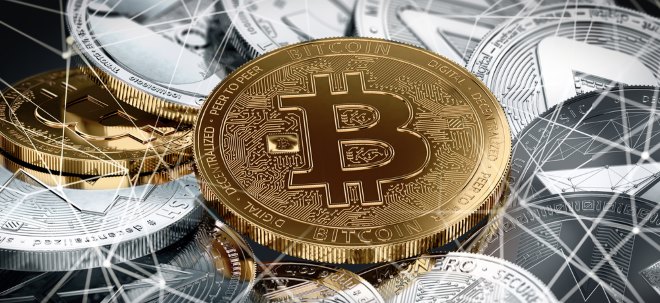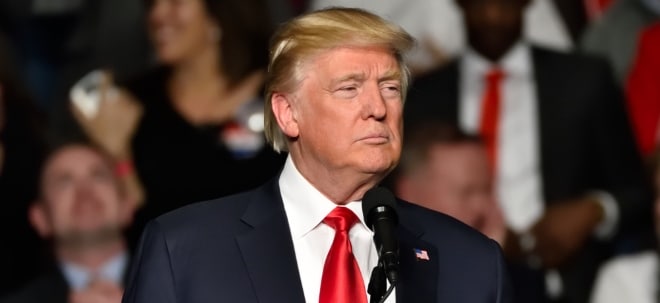denke das erklärt die Sache ganz nett.
There are good reasons to believe that the two-year bull market of 2003 and 2004 was nothing but a brief countertrend in the post-2000 slump in stock prices.
Much to the frustration of the bulls, stocks have gone nowhere this year. They consider the 2000-02 bear raid a bad dream and believe the 1982-2000 superbull run resumed in 2003. Indeed, that year the S&P 500 index jumped 26% (not counting dividends) and a fall rally added another 9% in 2004.
Stocks seem to have a lot going for them lately: the new 15% maximum tax rate on dividends and capital gains and the strong economy. Real gross domestic product grew at a 3.8% annual rate in the first quarter, the eighth consecutive quarter it has exceeded the 3% long-term trend. The unemployment rate dropped to 5% in June from 6.3% two years earlier.
Also, low Treasury yields make bonds less competitive with stocks. Plus investors aren't scared, as witnessed by the low level of market volatility and their shrugging off $60 crude oil and the July 7 London terrorist attacks.
Nevertheless, a number of forces have offset these positives and make the stock outlook grim. The economic expansion is in its 44th month and getting old. By my reckoning, the average length of an expansion since the early 1950s is 42 months. Energy prices are a big tax that will further depress economic growth as Americans realize they're not temporary. By my firm's analysis, per-barrel oil costs of $60 versus $20 transfer 1.5% of U.S. GDP to foreign energy producers.
Excess global capacity is restraining U.S. capital spending, and the huge monetary and fiscal stimuli of the early 2000s are history. That includes the tax rebates and cuts as well as the 2001-03 jump in homeland security spending and military outlays for Afghanistan and Iraq.
So future economic growth depends on consumers' willingness and ability to continue to reduce saving and increase borrowing. This is why it's baleful news that the Federal Reserve is raising short interest rates, which usually results in a recession. The salutary effects of the low rates we have enjoyed soon will be memories--cheap borrowing against home equity, for instance.
Stratospheric and climbing house prices have made Americans feel wealthy and predisposed to save less and borrow more. But house prices and activity have long since departed from reality and are in the speculative stage.
Past housing bubbles were regional, driven by local economics. The rise and fall of oil prices in the 1970s and 1980s were reflected in oil patch real estate. Yet this time the housing boom is much bigger and national. Americans still think they deserve huge investment returns but are wary of stocks after the big decline. That's why they look to real estate. And low interest rates and loose lending terms have made speculation easy.
When, not if, the housing bubble bursts, the effects will be devastating. While half of U.S. households own stocks, 69% own their homes. Furthermore, the median-income American has much more of his net worth in his house than he ever had in stocks, even at their peak. The likely nosedive in house prices will end the two-decade-long consumer borrowing-and-spending binge and launch a saving spree.
Since consumers account for 70% of GDP, U.S. growth will suffer. Export-driven countries that depend on America, notably China, will be hurt more. Chinese officials are succeeding in cooling their white-hot economy, and a recession in that global growth generator is likely. They lack the policy tools to effect a soft landing in what is only a semi-market economy.
Even without a tapering-off of economic growth, corporate profits would probably disappoint. Aftertax profits skyrocketed from 3.6% of GDP in 2001's third quarter to 7.9% in this year's first quarter as business slashed costs and constrained employment. In the long run profits can do no better than track GDP; a reversion to the 5% average of profits to GDP is likely. And the rise in the dollar cuts the dollar value of foreign earnings. Earnings will tell the tale for stocks. Price/earnings multiples are too high to expand in coming quarters, and dividend yields are too low to support most equities.
So the stock advance since October 2002 may be a bear market rally with the final lows yet ahead. We've seen something like that before. After the severe 1973-74 decline, the S&P 500 index, inflation-adjusted, rose 47% from September 1974 to December 1976, and the bulls looked for more of the same. Then the S&P fell 40% (in real terms) to its final low in July 1982.
The bugaboo for stocks in 1973-82 was rising inflation, which transferred earnings to labor and government while hiking interest rates and depressing P/Es. Now it's deflation. Sure, I continue to predict the good deflation of excess supply, but the transition to it may be rough. Don't expect a big year-end rally in 2005.
source: www.forbes.com/shilling. |


 Thread abonnieren
Thread abonnieren


